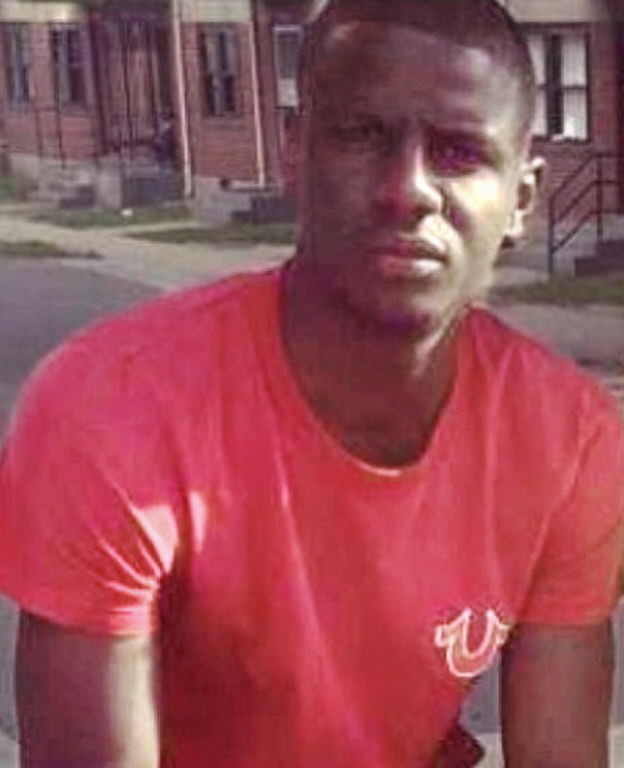In the days since the Baltimore riots, it’s still unclear who killed Freddie Gray.
A recent article by The Washington Post suggests that Gray may have inflicted his injuries upon himself. Another prisoner in the police van with Gray claims he heard the latter “banging against [the van’s] wall” and believed he was “intentionally” trying to injure himself.
While lawyers for the Gray family have dismissed the claims and note that the witness never actually saw what happened, the information, if true, could bring a new perspective to the case. However, even if the police aren’t responsible for his death, there is no denying that Gray was a victim of something far more menacing than corrupt police,poverty.
As another Washington Post article reveals, the odds were stacked against Gray before he was born. Court documents reveal his mother abused heroin while she was pregnant with him and his twin sister. During his early years, he spent four years living in a rundown row house with dangerously high levels of lead paint in one of Baltimore’s poorest areas. The article points out that studies say lead poisoning “can diminish cognitive function, increase aggression and ultimately exacerbate the cycle of poverty that is already exceedingly difficult to break.” (In 2008, Gray and siblings filed a lawsuit against the landlord of the home for lead poisoning and received an undisclosed settlement.)
While no one knows how much lead poisoning and poverty contributed to Gray’s woes, there is little doubt he had a hard life. He was diagnosed with learning difficulties, dropped out of high school and had numerous run ins with the law, including a two-year stint in prison. He harbored goals of becoming a brick mason, but as a psychologist who interviewed Gray as part of the 2008 lawsuit said, it was is unlikely he would have had much success given his numerous issues.
However, as sad as Gray’s case is, he is hardly alone. There are many other Freddie Grays out there, so much so, they are dubbed “lead kids.” And even if Gray’s injuries were self-inflicted, the police have acknowledged that various errors were committed in their treatment of him including the fact he was “denied medical attention, despite several requests.”
Therefore, if there’s one thing to take away from this case, it is that Freddie Gray’s life and death were both tragedies that could have been prevented. Had Gray not been born in poverty, it is unlikely he and his family would have ended up living in a home with dangerously high lead levels. While some may argue he had choices, they were quite limited given the very real effects of both his health problems and the poverty around him. In any case, even those who dismiss his lack of opportunities would consider his death a tragedy.
Let’s hope that a year from now, Freddie Gray’s life and death isn’t merely just a footnote or a part of a “Where are they now?” news segment. Instead, let’s hope that lessons can be learned to prevent other Freddie Grays. Perhaps something good can come out of the loss of his too-short life.
~
Author: Kimberly Lo
Editor: Evan Yerburgh
Photo: Wikimedia











Read 1 comment and reply